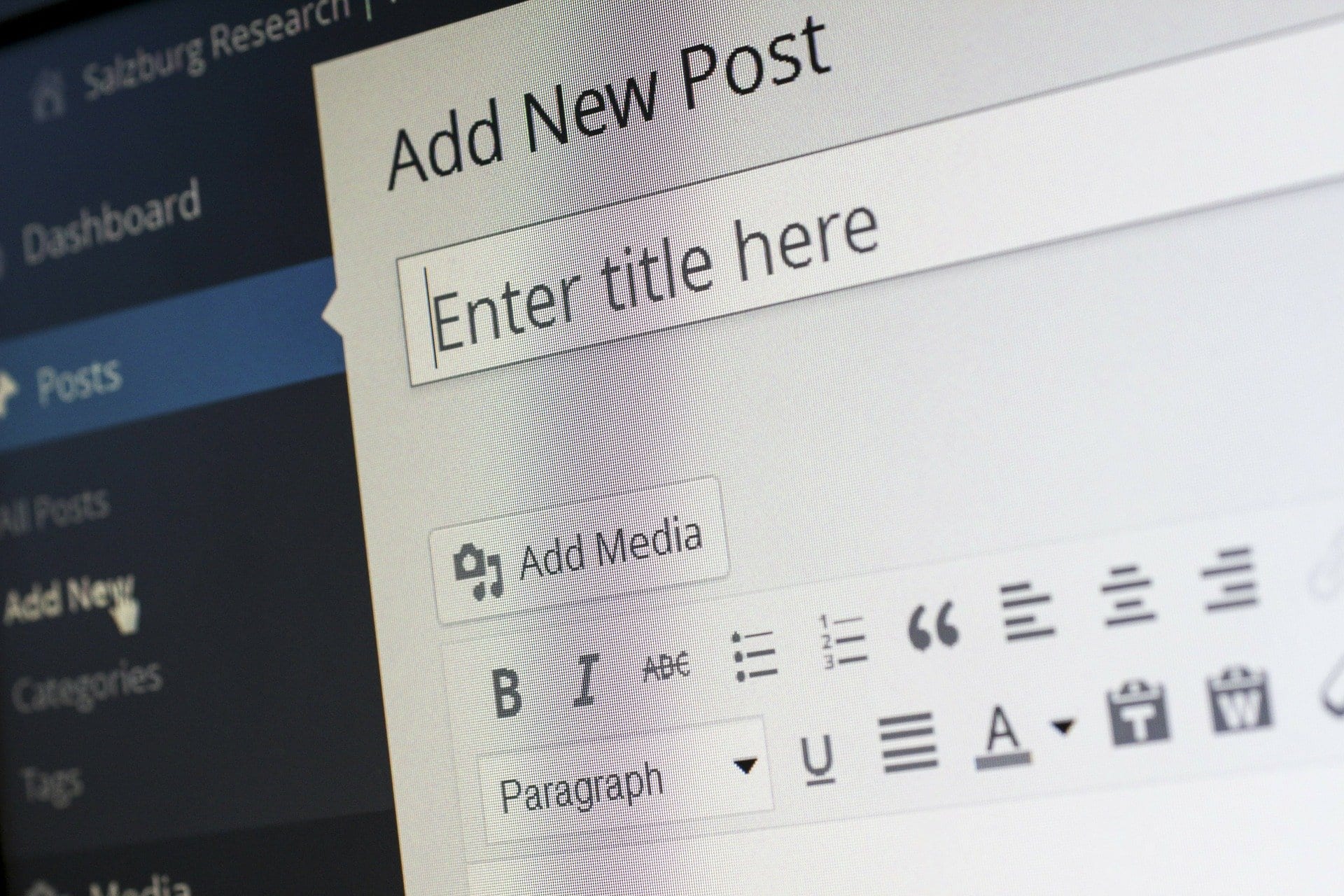Why O’Brien Media Still Champions the Classic WordPress Editor
In the ever-evolving world of web development, choices abound. One such choice that has garnered attention in recent years is the selection between WordPress’s Classic Editor and the newer Gutenberg Block Editor. At O’Brien Media, we’ve made a conscious decision to stick with the Classic Editor for our website design and development projects. Here’s why:
1. Simplicity and Familiarity
The Classic Editor’s straightforward interface is something many developers and content creators have grown accustomed to over the years. Its “what you see is what you get” approach reduces the need for extensive coding knowledge, making it accessible even to those with minimal technical expertise. This simplicity can significantly accelerate content creation, allowing our team to focus more on the content rather than grappling with complex layout designs or coding challenges.
2. Advanced Custom Fields for Granular Control
At O’Brien Media, we leverage a powerful WordPress plugin called Advanced Custom Fields (ACF) to ensure consistent branding across our custom themes. ACF allows us to add custom fields to our posts, pages, and custom post types, providing granular control over every aspect of our theme. This ensures our themes look visually appealing and remain consistent with our brand’s identity.
3. Consistency with Past Content
Maintaining a consistent look and feel across websites developed over the years is crucial for brand identity and user experience. The Classic Editor, combined with tools like Gutenberg and ACF, allows us to build and manage various sites while preserving design and functional consistency.
4. The Classic Editor Plugin’s Lifesaver Role
The Classic Editor Plugin plays a pivotal role in enabling a seamless transition and continued usage of the classic interface. Once installed and activated, the plugin restores the previous WordPress editor, providing a setting to allow users to switch between the Classic and Gutenberg editors effortlessly.
5. Less Overhead and Learning Curve
The Classic Editor’s simple and intuitive user interface poses a smaller learning challenge, especially for beginners or non-technical users. On the other hand, Gutenberg, with its block editor approach, may initially present a steeper learning curve.
6. Reliability and Stability
The Classic Editor has a proven track record of ensuring glitch-free content creation. Its long-standing use by millions of users worldwide attests to its robustness and reliability.
7. Fine-grained Control for Developers
For our developers, the Classic Editor offers more fine-grained control over the HTML code of the content. This level of control is especially beneficial for developers working on custom themes, plugins, or integrations.
8. Streamlined User Experience
The Classic Editor often provides a more intuitive user experience for certain audience groups, particularly those who favour simplicity and directness over advanced customization.
In conclusion, while the Gutenberg Block Editor represents the future of WordPress, the Classic Editor’s continued relevance underscores the value of choice. At O’Brien Media, we believe in understanding the nuances of each option and making informed choices that best serve our unique development journey.


